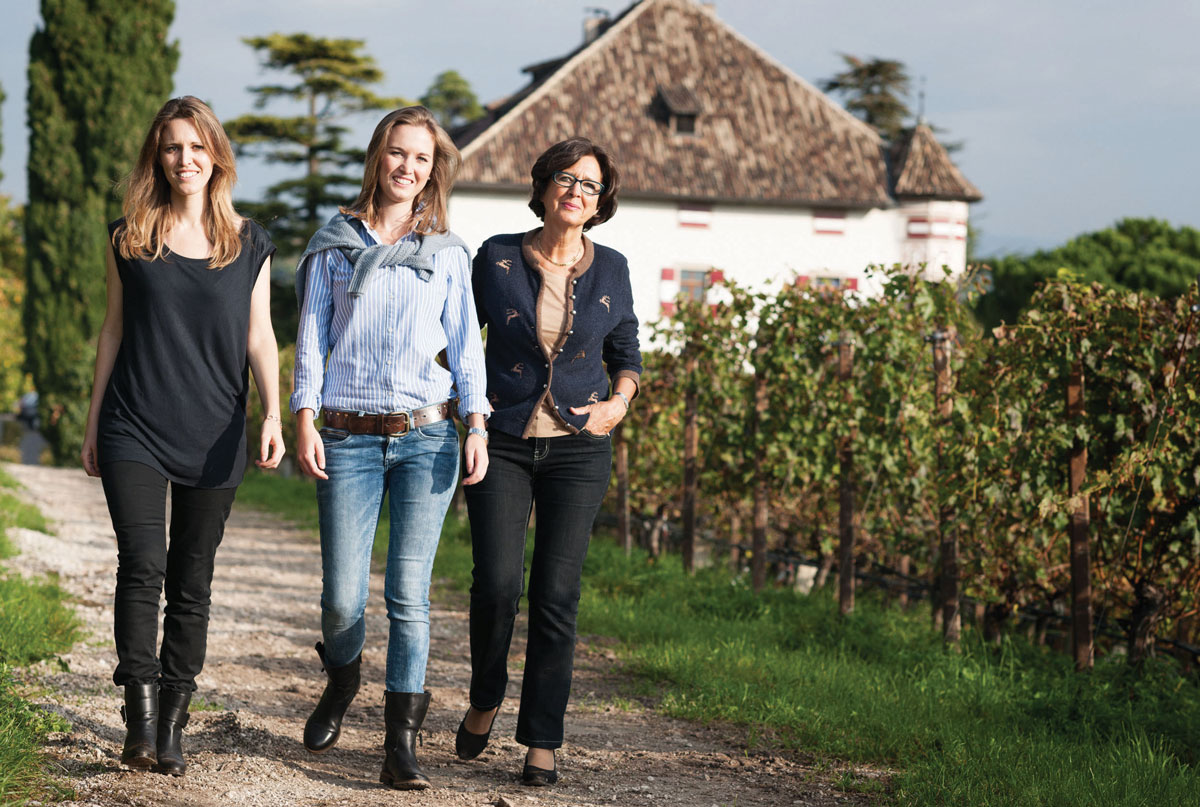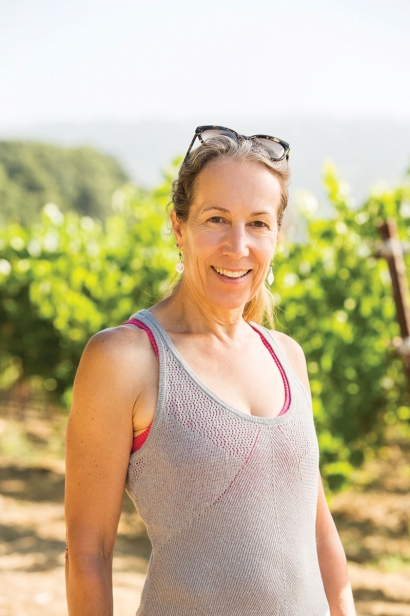Women Who Make Wine
So many recent headlines are dominated by issues of sexual disparity, noxious virility and harassment across near every professional industry, perhaps most predominantly marked in the food and beverage industry. it’s important to illuminate the female winemakers who are not only thriving. They’re slaying it.
Elena Walch
This leading Alto Adige wine estate belongs to the elite in Italian wine production. Encouraging quality and innovation, Elena Walch stands at the head of the Alto Adige quality revolution and has gained local and international esteem for her efforts. Their philosophy is dedicated to its terroir – the idea that wines must be the individual expression of their soil, climate and cultivation in the vineyard. This must be maintained according to principles of sustainability and passed on to the next generation.
“Beauty must go with quality,” Walch says at her winery and home built into an old monastery in Termeno. “Beauty must be kept separate, and must be shown, and must be known.”
The story continues into its second generation. Walch has turned over responsibility for her business to her two daughters. Four years ago, Karoline, now 29, and Julia, 31, studied winemaking in Australia and France and came back home to work at the family business.
“The most important thing for being successful in this industry is to really have a good understanding of wine, and show that you’re knowledgeable,” Elena Walch says. “Be confident in yourself and have a true passion for what you do. Those are very powerful tools for changing people’s perspectives and making inroads, whether in wine or any industry.”
Kristin Belair
She doesn’t believe that women as winemakers are a news flash any longer, at least not in Napa Valley where almost 15 percent of the winemakers are females. Honig Winery, a small, family-owned operation that focuses exclusively on handcrafted Sauvignon Blanc and Cabernet Sauvignon has been her day job for since 1998. Along with Michael, Stephanie and the whole team, under Kristen’s tutelage they produce, year in and year out, some of the best and affordable wines in California.
“What is most satisfying is knowing I play a part in creating something that people are enjoying in many different settings, with family and friends,” Belair says. “Wine has an extraordinary way of connecting people, places and experiences.”
Michèle Aubery
A former nurse, Aubery cares for her vines as lovingly as she tended to her patients. In 1990, she and her husband, Philippe, made their first vintage of Domaine Gramenon, in the town of Montbrison-sur-Lez in the southern Rhône.
In 1999, Philippe, a talented winemaker, was killed in a tragic accident, leaving Michèle suddenly on her own with their three children, vineyards and a winery. Over the years, she picked up where her husband left off and took off, elevating Domaine Gramenon into cult wine status.
Today, she works their 65 acres with her talented son, Maxime François, farming young and old vines. They employ organic and biodynamic practices in the vineyards. Spring cuvées are aged in vats and old are matured in old barrels. Notes their website: “As purity remains the ever inaccessible and unrealistic target, we are just aiming at expressing the very best, without betraying the terroir and the grapes, while best adapting to the differences of the vintage.”





